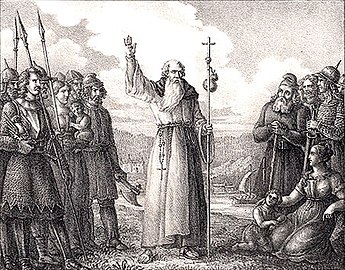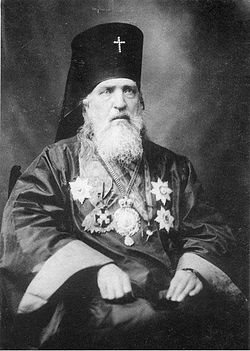
February 2 - Eastern Orthodox liturgical calendar - February 4
Contents
- Feasts
- Saints
- Pre-Schism Western saints
- Post-Schism Orthodox saints
- New martyrs and confessors
- Other commemorations
- Icon gallery
- Notes
- References
- Sources
All fixed commemorations below are observed on February 16 by Eastern Orthodox Churches on the Old Calendar. [note 1]
For February 3rd, Orthodox Churches on the Old Calendar commemorate the Saints listed on January 21.







